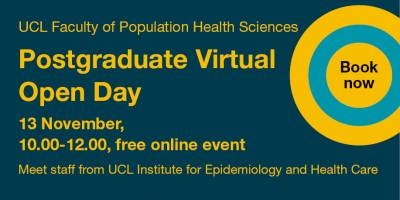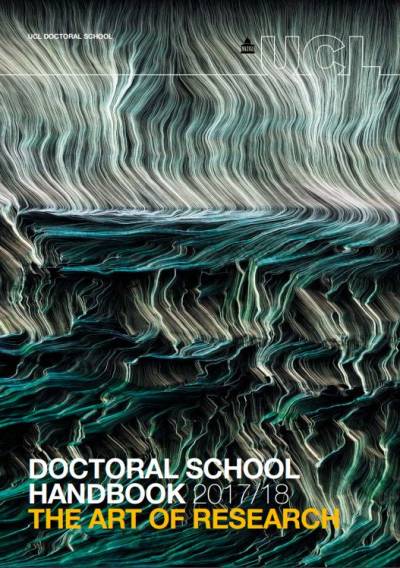|
Abstract
|
Children spend a large
proportion of their days in obligatory sedentary lessons: with notable
consequences to health and educational outcomes. This thesis tested Virtual
Field Trips (VFTs) as a new format of physically active lesson: integrating
educational, globe-based content on classroom interactive whiteboards with
related physical movements. It aimed to assess the feasibility of VFTs in
primary school settings, before exploring their potential to increase
children's physical activity, on-task behaviour and student engagement.
Firstly, a literature review assessed current understandings of childhood
physical activity and sedentary behaviour levels and effects on health and
educational outcomes. This review also considered school-based intervention
attempts to improve these outcomes and also introduced physically active
lessons as novel interventions which integrate physical activity into school
lessons. Secondly, a systematic review collated the methods and findings of
published physically active lesson interventions. Thirdly, a qualitative
study assessed teacher and pupil perceptions of a pilot physically active
VFT, with identified considerations from this and the systematic review used
to refine VFT development. These revisions were used to develop and test a
pilot cluster-randomised controlled trial of VFTs named 'Virtual Traveller',
featuring a six-week intervention period and three month follow-up.
Accelerometer- and observation-assessed physical activity, observed on-task
behaviour and questionnaire-assessed student engagement outcomes were
measured in this intervention. A full process evaluation of the intervention
assessed its delivery and the perceptions of participating teachers and
pupils. Results show the Virtual Traveller intervention to have no effect on
overall, school day or weekend day activity but to significantly improve
children's lesson time physical activity. On-task behaviour was also
significantly improved during Virtual Traveller sessions compared to control
lessons. There were no effects of the intervention on self-reported student
engagement. Prolonged effects were not seen at three month follow-up for any
outcomes. Finally, a discussion reflects on the potential for VFTs as
physically active lessons, implications for policy, critiques the thesis and
identifies avenues for future research. This thesis presents the first
example of a physically active lesson intervention specifically developed to
use existing classroom technologies. It provides evidence that VFTs as
physically active lessons can be integrated into mainstream teaching to
increase lesson time physical activity and on-task behaviour, without
detriment to student engagement.
|
 Close
Close



